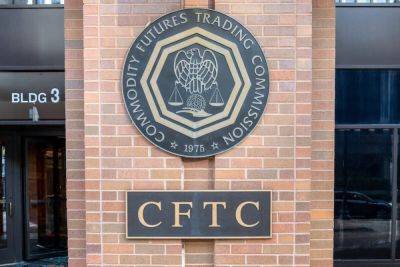How stable are stablecoins? Not very says the BIS
A paper prepared by senior economists at the central bankers bank provides an overview of the evolution of the stablecoin market over the past decade and examines whether stablecoins have stayed true to their name in terms of being “stable”.
The study collected data on 68 stablecoins and shows that not one of them has been able to maintain parity with its peg at all times.
"This is irrespective of their size or type of backing," states the paper. "Moreover, we argue that there is currently no guarantee that stablecoin issuers could redeem users' stablecoins in full and on demand.
For these reasons, we conclude that the stablecoins in circulation today do not meet the key criteria for being a safe store of value and a trustworthy means of payment in the real economy."
The paper also highlights some significant data gaps in blockchain transactions and user numbers that serve to undermine efforts to draw up effective policies and safeguards to regulate the market.
"An important consequence of this data gap is that the true risks of stablecoins may be underestimated," the report suggests. "Not only does this hamper authorities’ ability to take informed decisions and develop evidence-based policies, but it also makes it difficult for them to intervene, if necessary, in the case of a run or other loss-of-confidence events that may harm consumers."























